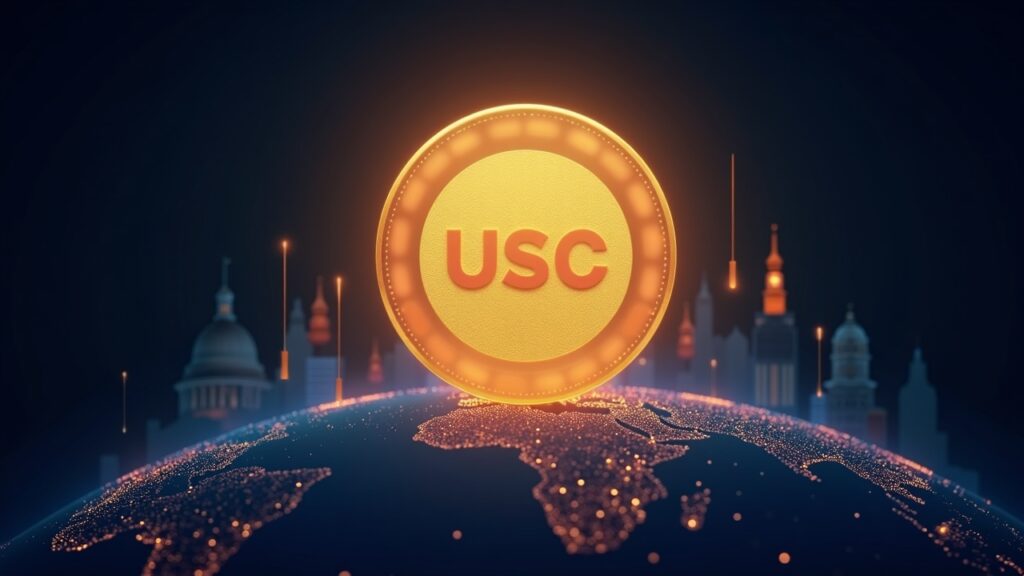Investment firm William Blair has initiated coverage on Circle (CRCL) with an “Outperform” rating, labeling it the most vital company in the stablecoin ecosystem. The firm argues that Circle’s USDC stands poised to become a foundational tool in cross‑border business payments, potentially displacing traditional fiat in B2B flows. With new infrastructure projects in development, Circle’s long-term prospects are viewed as ambitious yet highly dependent on adoption outside of crypto trading.
William Blair frames Circle not merely as a stablecoin issuer, but as a potential bridge between traditional financial systems and blockchain-based commerce. The firm projects that the market for cross-border B2B payments could be valued at as much as $24 trillion, making USDC a key contender in substituting fiat for global business transactions. In this view, Circle is positioned at the heart of that transition.
Currently, a significant driver of Circle’s revenue comes from interest on reserves backing USDC. William Blair expects this yield-based income to grow as more institutions adopt USDC in real-world financial operations. To support that shift, Circle is developing a variety of infrastructure initiatives.
Among them are the Circle Payments Network (CPN), aimed at linking banks, fintechs, and blockchains via smart contracts, and Arc, a layer‑1 blockchain designed to be compatible with Ethereum. These bets are intended to push adoption beyond purely speculative or trading use cases.
From stablecoin issuer to payments infrastructure player
The firm’s bullish scenario forecasts that USDC’s market capitalization could double by 2027—potentially approaching $150 billion—and that Circle’s adjusted EBITDA might exceed $1 billion, with improving margins as the company broadens its distribution beyond its dominant partner, Coinbase.
Some risks remain, however. Much of USDC’s usage today is confined to crypto markets, not commerce. Regulatory uncertainty and the timing of broader adoption are flagged as key challenges. Interest rate shifts also pose a balancing act: while lower rates can reduce Circle’s yield income, they may also make stablecoins more attractive compared to fiat holdings.
William Blair also touches on the symbiotic role of Coinbase, which earns part of USDC’s reserve yield and serves as Circle’s largest distribution channel. Through that lens, Coinbase may be undervalued by the market relative to its strategic importance in the USDC ecosystem. Although Circle currently trades at a high multiple—roughly 57× expected 2026 EBITDA—William Blair argues that such a valuation might be justified if Circle succeeds in making USDC a backbone for business payments globally.

